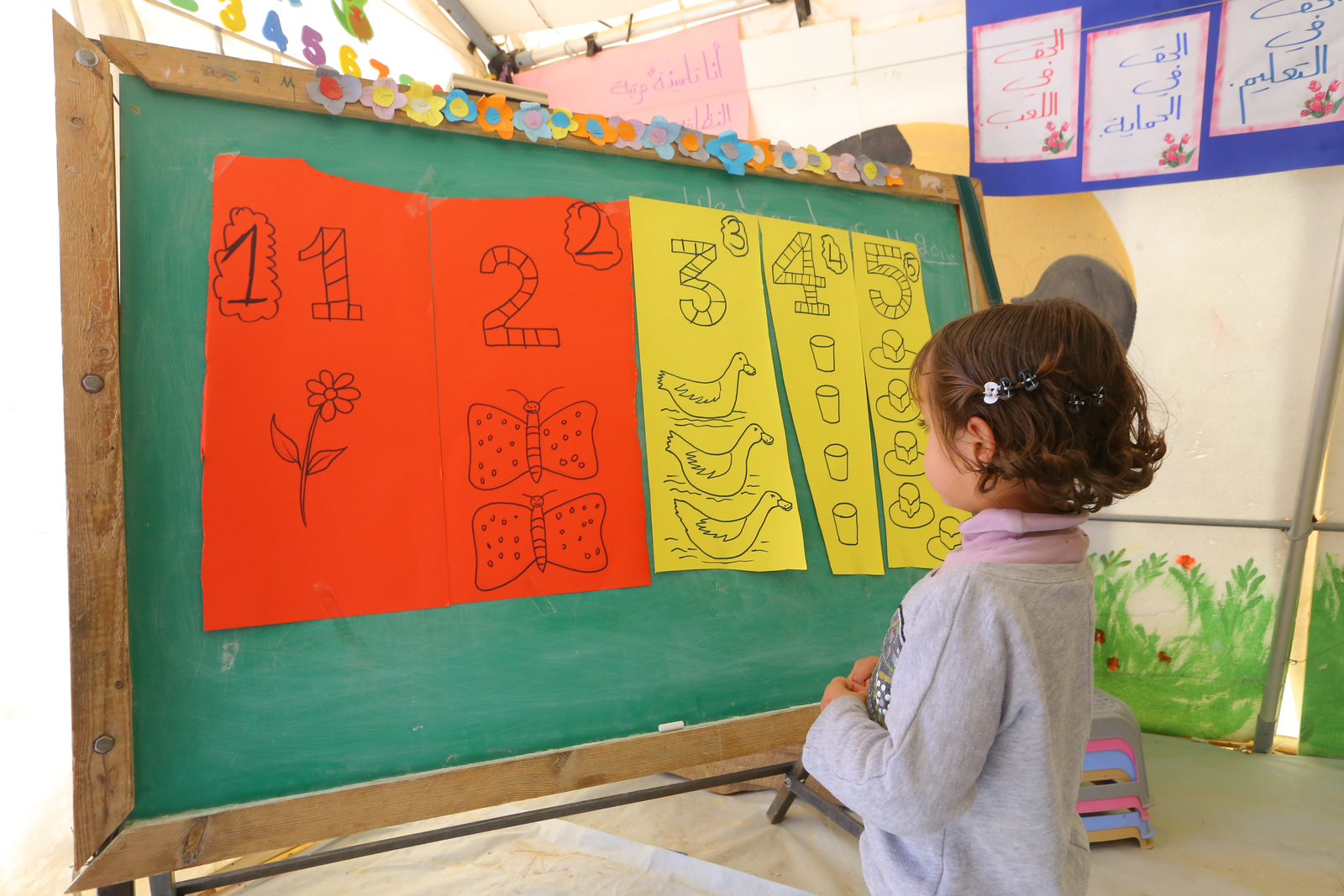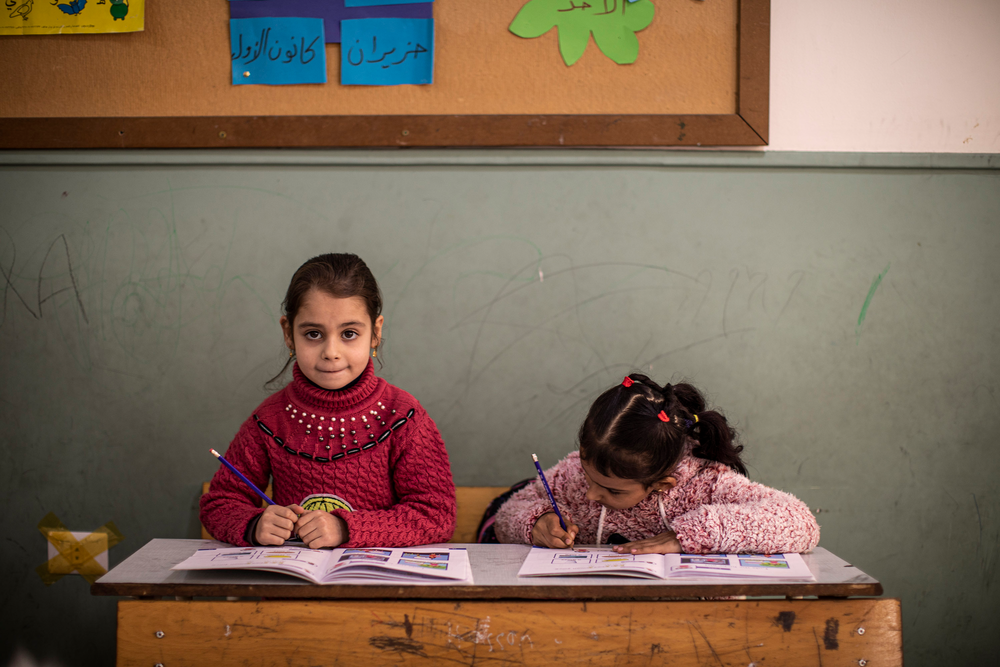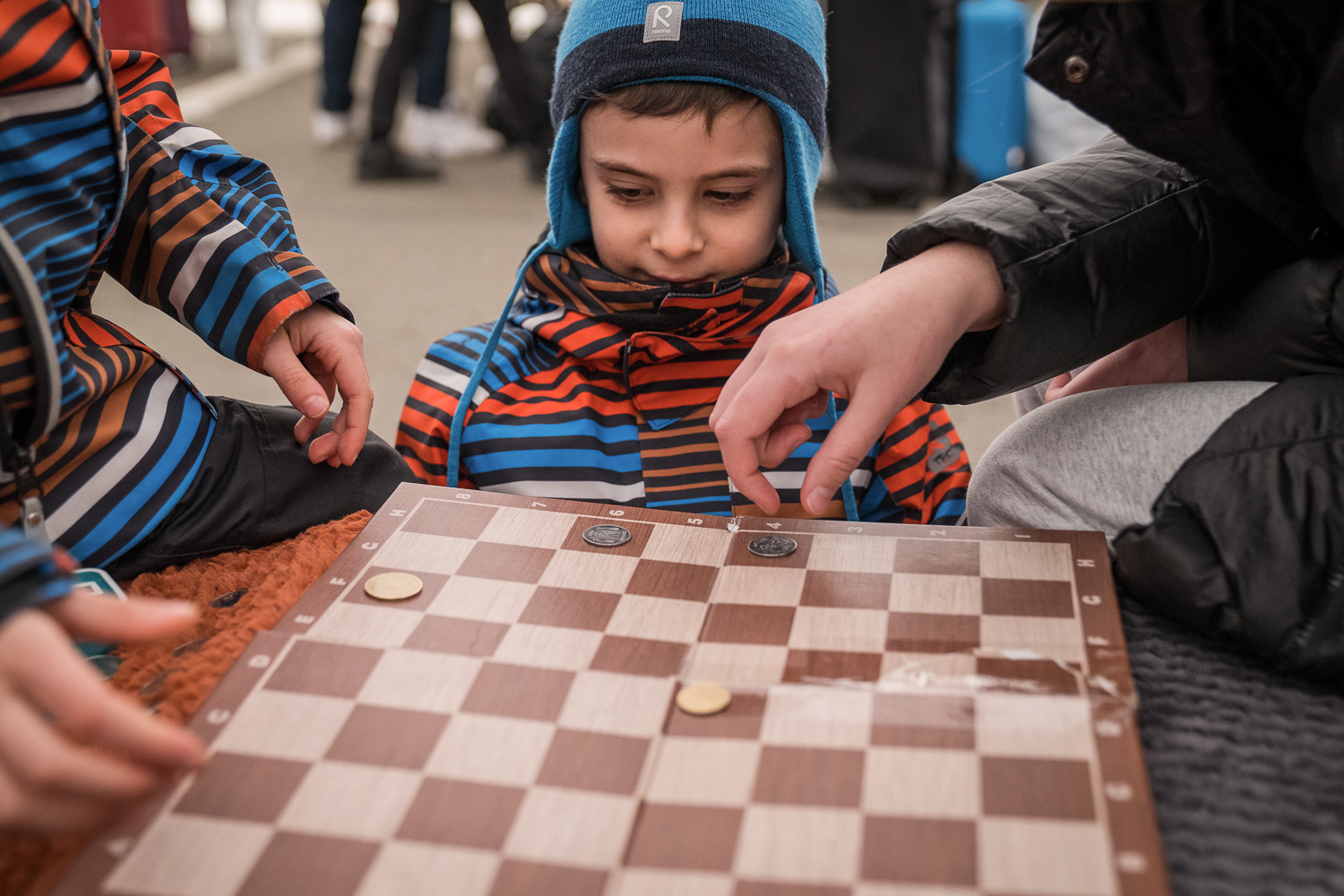
40,000 children back at school after Puerto Rico hurricane – but others may have to wait for months
Education in emergencies
119 schools have reopened - others have no power or will have to close permanently because of the damage caused by Hurricane Maria.
Life has started to return to normal for thousands of Puerto Rican schoolchildren affected by Hurricane Maria.
Five weeks after the storm that killed more than 50 people and devastated the islands, about 40,000 students are back in their classrooms.
A total of 119 schools were reopened yesterday in the San Juan and Mayagüez regions. Education officials say they hope to get many more of Puerto Rico’s 1100 schools open – but it could be months before that happens.
“We could have closed the school system until everything was perfect. In the best case scenario, we would have been opening in February,” said Governor Ricardo Rosselló.
“The alternative is that we opened the schools little by little, understanding that there would be challenges.”
Rosselló visited a primary school in the capital San Juan, where he told students: “All of us and all of you are stronger than any hurricane. With you, we will build a new Puerto Rico.”
About 700,000 children there were affected by Hurricane Maria – which followed the devastation that Hurricane Irma caused to education on several Caribbean islands.
Apart from education, being in school can give displaced or traumatised children a sense of structure and direction. A safe place to play and learn can help them heal by providing a return to familiar routines.
Between 15% and 20% of Puerto Rico’s schools will have to be closed permanently because of the damage, according to Secretary of Education Julia Keleher. Many others could be without running water and power for months.
About 190 schools are being used as community centres and another 70 as shelters for families made homeless.
Puerto Rico is a United States territory – so some students have enrolled in schools on the American mainland.
More than 80% of the islands’ residents have no power and a third don’t have safe drinking water.

More news

Theirworld’s mission to give children in crises a safe place to learn
